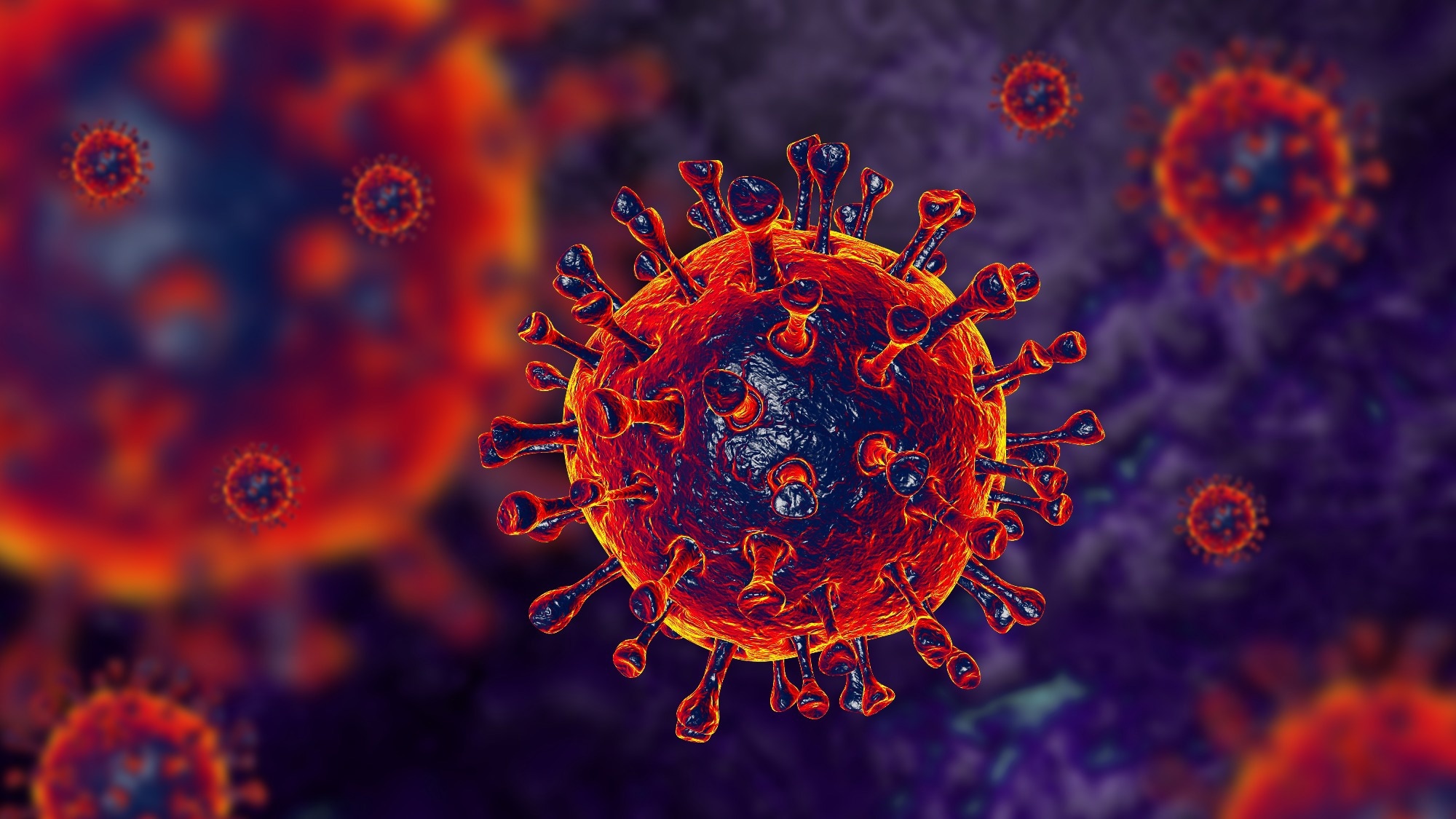In a recent article published in the journal Science Immunology, researchers in the United States performed a longitudinal cohort study in a golden hamster model to investigate the sensory-altering mechanisms induced by severe acute respiratory syndrome coronavirus 2 (SARS-CoV-2) infection compared to an influenza A virus (IAV).

Study: Predictors of long-term neutralizing antibody titers following COVID-19 vaccination by three vaccine types: the BOOST study. Image Credit: Numstocker / Shutterstock
Background
Characterizing the molecular basis of the effects of infection with SARS-CoV-2 on the sensory nervous system could help inform the development of novel therapeutics for pain associated with long coronavirus disease (COVID) and other neurological issues, such as neuropathy and myalgia. Long COVID, also known as post-acute sequelae of SARS-CoV-2, is the persistence of COVID-19–like symptoms beyond two months after recovery, which alternative diagnosis fails to elucidate.
Many patients with mild and severe COVID-19 often experience sensory-related symptoms, such as headache, visceral and nerve pain, and, in rare cases, Guillain-Barre syndrome (GBS) and polyneuritis. These symptoms typically disappear after clearance of infection in most patients but persist to subacute or chronic time points for many others. However, studies have barely explored the mechanisms by which SARS-CoV-2 trigger these abnormal somatosensations.
About the study
Dorsal root ganglia (DRGs) are sites of active viral replication and satellite-mediated sequestration. So, in the present study, researchers longitudinally assessed gene expression changes in spinal cord (SC) sensory tissues and cervical and thoracic regions of DRGs of the Syrian golden hamster model following infection with SARS-CoV-2 and IAV and their association with mechanical hypersensitivity.
They harvested these tissues on one, four, seven, and 14 days after infection (dpi) in SARS-CoV-2- and IAV-infected test groups. Next, they used reverse transcription-quantitative polymerase chain reaction (qPCR) to assess the presence of SARS-CoV-2 nucleocapsid (NC) protein transcripts and type I interferon (IFN-I)–stimulated Isg15 canonical transcripts. Further, the researchers used RNAscope in situ hybridization technique to determine whether SARS-CoV-2 transcripts localized to specific cell types in the DRGs on one dpi.
The team also conducted a monofilament test on IAV or SARS-CoV-2-infected hamsters vis-a-vis mock-infected hamsters. The assessment of mechanical withdrawal thresholds during the acute infection phase, i.e., between one and four dpi, helped them delineate the effects of active and subsiding viral RNA and IFN-I response on somatosensation. Furthermore, the researchers performed transcriptional profiling and an Ingenuity Pathway Analysis (IPA) canonical pathway prediction on RNA-seq data.
Study findings
The authors found SARS-CoV-2 transcripts but not their infectious material in cervical and thoracic SC sensory tissues and DRGs of infected animals within the first 24 hours of intranasal infection. Compared to IAV-infected animals, SARS-CoV-2-infected hamsters exhibited mild but prolonged mechanical hypersensitivity.
RNA sequencing analysis indicated disturbed type I IFN signaling in IAV-infected animals and neuronal signaling in SARS-CoV-2–infected animals during one to four dpi. Strikingly, a neuropathic transcriptome emerged in thoracic DRGs from SARS-CoV-2–infected animals 31 days after infection, which coincided with SARS-CoV-2–specific mechanical hypersensitivity.
This data points at and elucidates transcriptomic signatures in the DRGs of SARS-CoV-2-infected hamsters that govern short- and long-term sensory aberrations. It appears to be a potential target for pain management, including the RNA-binding protein ILF3 validated previously in murine pain models.
IAV-induced mechanical hypersensitivity subsided completely at one dpi, but SARS-CoV-2 infection-triggered hypersensitivity gradually declined, with withdrawal thresholds reaching significance at four dpi, albeit IAV-induced hypersensitivity was more pronounced than that caused by SARS-CoV-2 in the same period.
Differential gene expression analysis (GEA) of RNA-seq data revealed transcriptomic changes in DRGs of SARS-CoV-2– and IAV-infected hamsters at different time points. SARS-CoV-2 infection caused a more vigorous differential gene expression at both time points: 344 and 63 genes at one and four dpi, respectively, whereas IAV infection made 82 and 18 genes express differentially at one and four dpi, respectively. Perhaps SARS-CoV-2–induced transcriptional changes counteracted IFN-induced somatosensory sensitization by adopting a more vigorous neuronal gene signature.
The pathways enriched most in SARS-CoV-2-infected hamster tissue at one dpi were axonal guidance and synaptogenesis signaling and neuroinflammation signaling at four dpi. For IAV-infected tissue samples, the top canonical pathway represented generic viral response pathways. IPA analysis also demonstrated neuron-specific transcriptional variations within the most up-regulated canonical pathways based on genes with a statistical significance of p<0.05.
Conclusions
This study established the relevance of the SARS-CoV-2 respiratory infection hamster model as a preclinical chronic pain model, which, thus, in the future, could help evaluate pharmacological treatments. The model aligned with the acute and chronic somatosensory trajectory of many patients with COVID-19.
In addition, it helped identify core mechanisms across pain models while providing insights into the viral-mediated nociceptive states relevant to drug development.